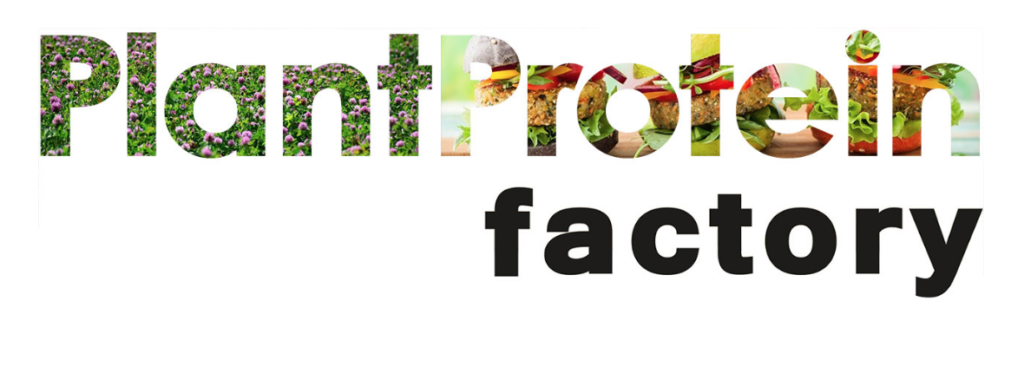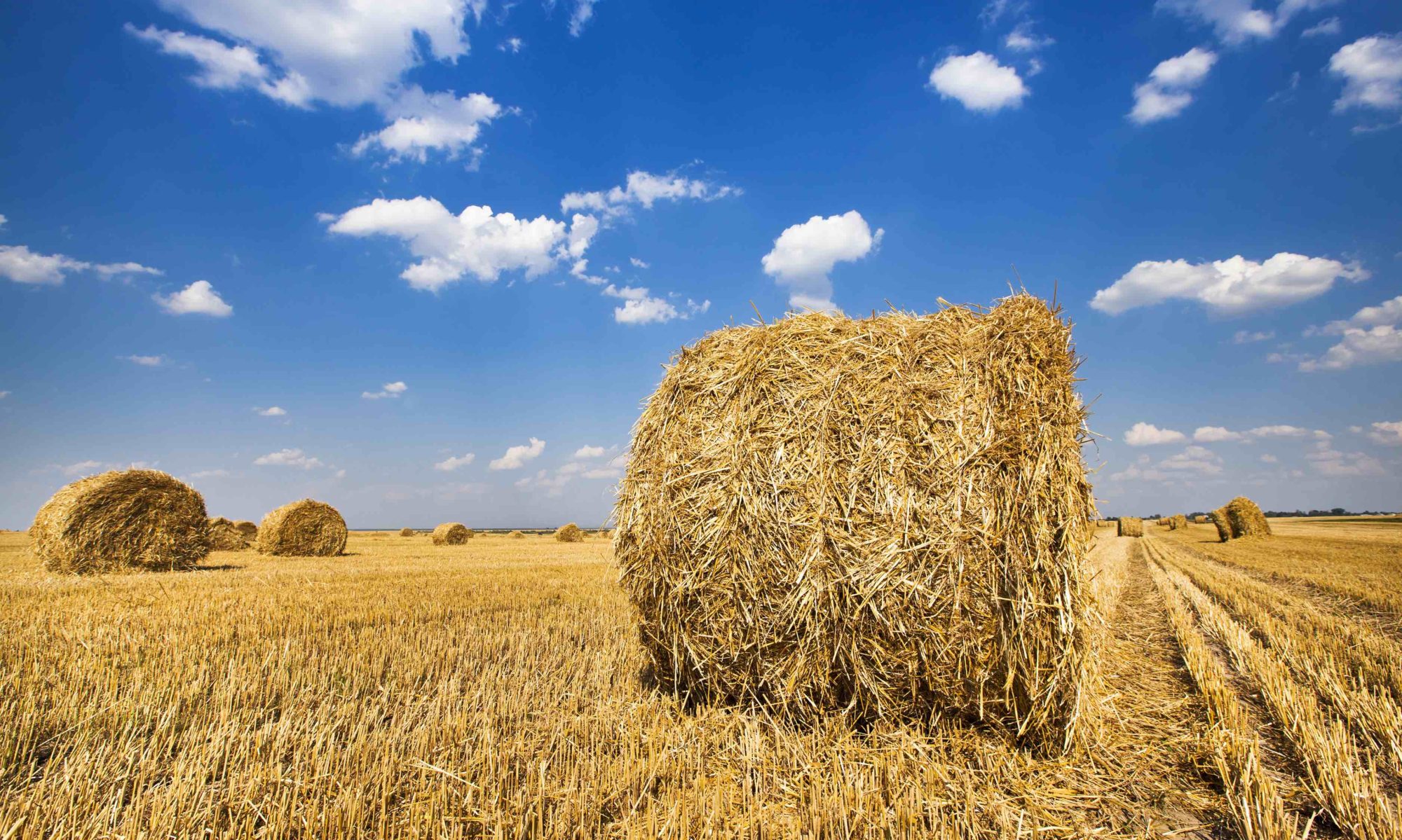
The PlantProteinFactory (PPF, 2019-2021) was a project at the Swedish University of Agricultural Sciences involving 15 partners looking at using underutilized leafy green biomass, like field waste from vegetable production, to produce food, feed and biogas (sluholding.se/ideer-och-bolag-fran-slu/587-vaxtproteinfabriken). Early results showed a need for feasibility assessment of biomass use scenarios to identity opportunities and areas where work on improving the production system should be focussed. BioBIGG researchers worked with the PPF to identify key areas for improvement and future opportunities to gain value from biomass.
BioBIGG members and PPF researchers worked together to analyse the viability of producing a series of product streams from intermediate crops. Intermediate crops can improve the overall environmental performance of agriculture by capturing nitrogen that would be normally lost to the environment, improve soil conditions, reduce soil loss and possibly increase the carbon content of soils. Increased cultivation of intermediate crops will also increase the available biomass resources available for new industries. This analysis indicated what intermediate crops were most viable for use in the PPF and what operational scenarios and product streams, such as food feed and biogas substrate, were most feasible for future development. The cooperation between BioBIGG and the PPF produced an academic paper1 describing the result of the collaboration that will inform other researchers and process and product developers in the green biorefining space.
In horticultural production there are many crop residues that are ploughed into the soil resulting in a loss of valuable biomass. This waste can be over 50% of the aboveground biomass of the crop. BioBIGG members and the PPF analysed the feasibility of using Broccoli and Kale field residues to produce products such as protein concentrates, dried vegetable powders, animal feed or biogas substrate to maximize the residues value. The analysis indicated areas that need improvement in order to extract maximum value in a biorefinery context, such as protein recovery rate and identifying possible nutraceutical compounds. This collaborative work has been submitted for publication2.
This collaboration renewed focus on key areas and opportunities; at least 4 new funding applications have come through collaborations between BioBIGG members and PPF researchers and participating companies. We look forward to continue collaborations post BioBIGG on new ways to create value for biomass resources.
1. Muneer, F., Hovmalm, H. P., Svensson, S. E., Newson, W. R., Johansson, E., & Prade, T. (2021). Economic viability of protein concentrate production from green biomass of intermediate crops: A pre-feasibility study. Journal of Cleaner Production, 294, 126304.
2. Prade, T., Muneer, F., Berndtsson, E., Nynäs, A-L, Svensson, S-E, Newson, W. R., Johansson, E. (2021) Protein fractionation of broccoli (Brassica oleracea, var Italica) and kale (Brassica oleracea, var. Sabellica) leaves – a pre-feasibility assessment and evaluation of fraction phenol and fibre content. Food and Bioproducts Processing (Submitted).
